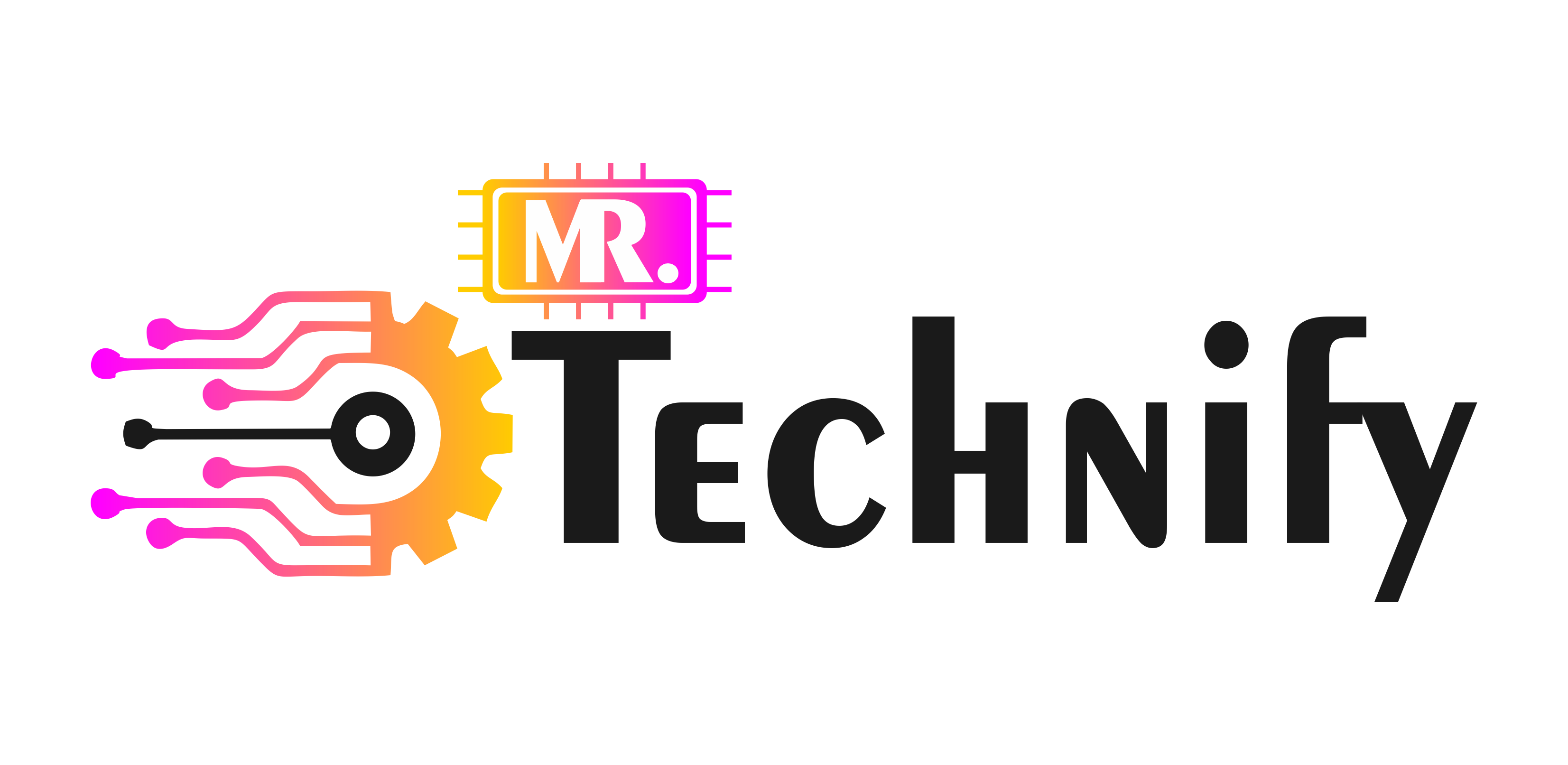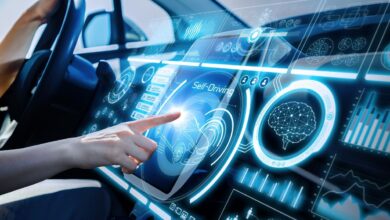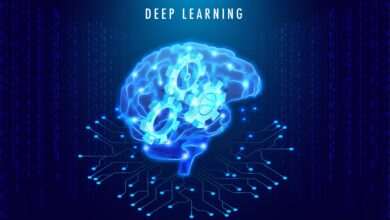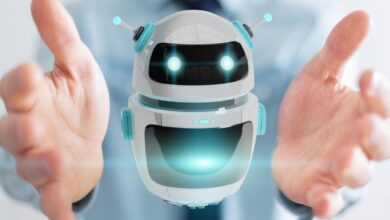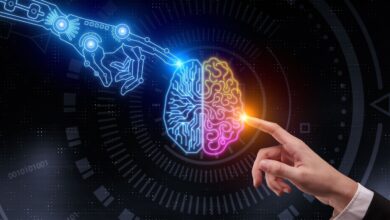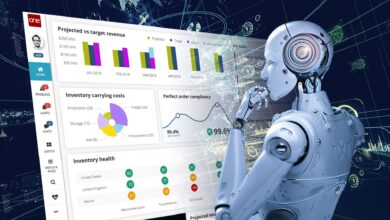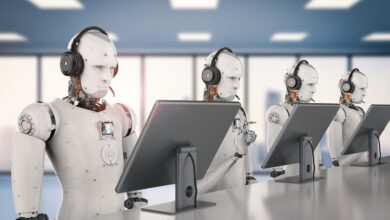Introduction to Artificial Intelligence
Can you picture a future where computers might acquire knowledge and exercise free will? That’s the world of artificial intelligence, and Neural Networks is helping us create! Building intelligent robots capable of carrying out activities that traditionally require human intellect is the focus of the vast field of AI in computer science. These activities include language translation, decision-making, and voice recognition.
-
Diving Deep into Neural Networks
You might be wondering, “How does AI learn these tasks?” Enter Neural Networks!
The Concept of Neural Networks
Neural networks, or artificial neural networks, to be precise, are algorithms modeled after the human brain. These networks are designed to recognize patterns and interpret sensory data through machine perception, labeling, or clustering raw input.
-
Working of Neural Networks
Imagine a busy office setting where messages are passed from one desk to another to get work done – that’s how neural networks function! In technical terms, they process information using interconnected layers of nodes, often called “neurons.”
The Intersection of Artificial Intelligence and Neural Networks
We have Artificial Intelligence and Neural Networks, but how do these two interact?
The Role of Neural Networks in AI
Think of neural networks as the driving force behind AI systems. They provide the learning abilities that help AI systems adapt to changing inputs, allowing them to perform tasks accurately. Isn’t that something?
-
Real-world Applications of AI and Neural Networks
The fusion of AI and neural networks is revolutionizing various sectors, from autonomous cars that navigate busy streets to voice assistants who understand our commands and recommendation systems online.
Challenges in Implementing AI and Neural Networks
But things aren’t always easy sailing. There are several obstacles, just as with every tremendous technical advancement.
-
Data Privacy and Security Issues
With AI systems often requiring vast amounts of data, how do we ensure the privacy and security of this data?
-
Resource-Intensive Training
Neural network-based AI models are resource-intensive and often need cutting-edge computing capability. How can we improve accessibility for this?
The Future of AI and Neural Networks
Now that we’ve understood the present, what is the future for Artificial Intelligence and Neural Networks?
-
Predicted Technological Advancements
AI and neural networks will become more refined as technology advances, potentially leading to more powerful and efficient systems.
-
Societal Impact
From healthcare to finance, transportation to entertainment, AI and neural networks are set to make our lives more convenient and efficient.
Conclusion
In conclusion, the synergy between Artificial Intelligence and Neural Networks drives unprecedented technological advancements. Although there are difficulties, the advantages exceed the problems by a wide margin. They are welcoming you to the age of technological advancement!
FAQs for Artificial Intelligence and Neural Networks
What are some applications of AI and neural networks?
Applications include autonomous vehicles, voice assistants, recommendation systems, and more.
What challenges exist in implementing AI and neural networks?
The main challenges include data privacy and security issues and the resource-intensive nature of AI and neural network training.
How will AI and neural networks impact our future?
They are set to revolutionize numerous sectors, making our lives more convenient and efficient.
What are neural networks?
Neural networks are algorithms modeled after the human brain to recognize patterns and interpret sensory data.
